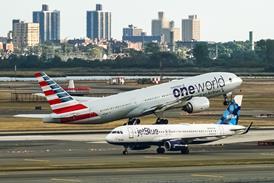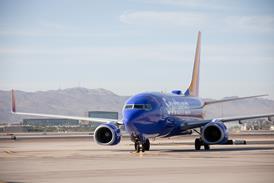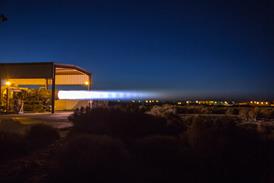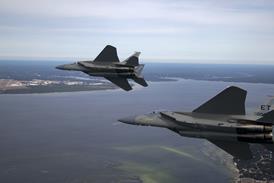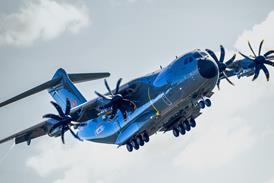EMMA KELLY / LONDON
Airline debuts wireless solution to deliver in-flight internet and e-mail services
Scandinavian Airlines (SAS) and Tenzing Communications will launch a one-aircraft wireless trial of Tenzing's in-flight e-mail and internet services in January. The trial, expected to run for at least three months, will be the first time that a wireless solution is used to deliver the in-flight internet and e-mail services, previously delivered via the in-flight telephony system.
SAS' installation on a single Boeing 767-300 is based on an IEEC 802.11b wireless local area network (LAN), comprising an airborne network server and a cabin wireless LAN unit, both supplied by Miltope. The programme also involves Telia, which is providing wireless communication services in SAS lounges via its Telia HomeRun service. SAS passengers subscribing to the Telia service will be able seamlessly to connect to the internet and e-mail services in SAS lounges and on the test aircraft.

The programme requires supplemental type certification from the US Federal Aviation Administration, with which SAS and Tenzing are working closely, says Peter Lemme, Tenzing vice-president of business development and technology. This is the first certification process for an open wireless system, whereby the aircraft system will be certificated but will involve "uncertificated" personal electronic devices (PEDs) in the form of passenger laptops, he adds.
Certification of the system on the 767 will not result in generic certification, but instead each aircraft type to be fitted with the wireless system will be required to undergo a separate certification process, says Lemme.
That will comprise selected line replaceable units undergoing susceptibility testing; ground and flight testing for electromagnetic interference; and a safety assessment to determine that PED-based wireless LAN transmitters do not pose a hazard to critical 767-300 avionics and antenna systems. There will also be a crew awareness training programme as the wireless system will not be approved for use in critical flight phases and the cabin crew will be required to ensure that passengers do not use their laptops during these periods. There will be a master power switch on the flight deck, however, to allow the cockpit crew to switch the system off if it causes interference with avionics and aircraft systems. Once certification is achieved, each subsequent wireless installation will undergo EMC testing and periodic tests.
The 802.11b technology appears to be compatible with aircraftsystems and so far the FAA has not raised any fundamental objections to 802.11 PEDs, Lemme says. The partners are continuing testing towards certification, and experience in the aircraft trial will validate the safety assessment, Lemme adds.
Finnair has also committed to a wireless Tenzing solution, with plans to outfit its fleet.
Source: Flight International


